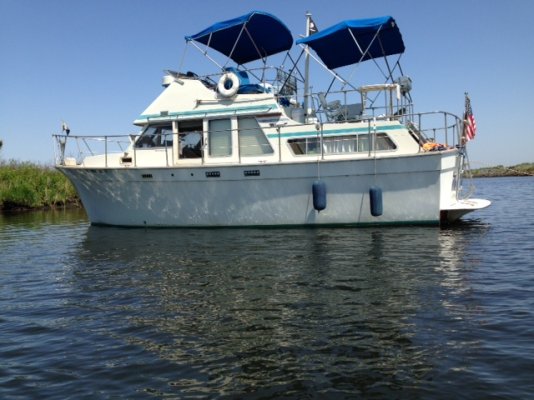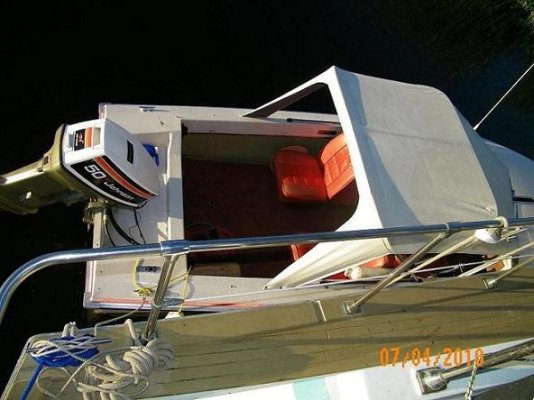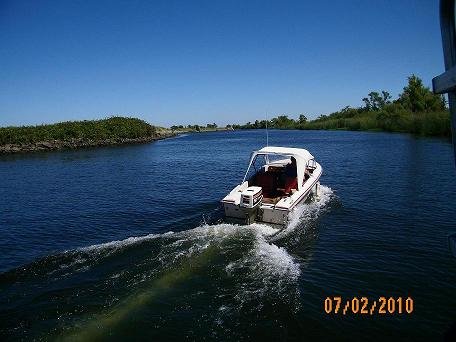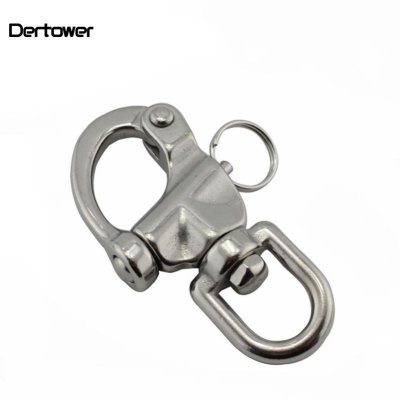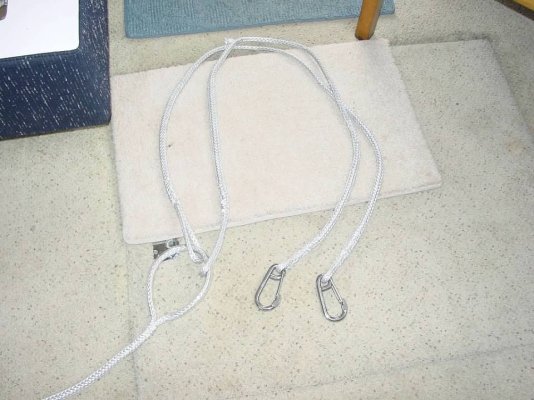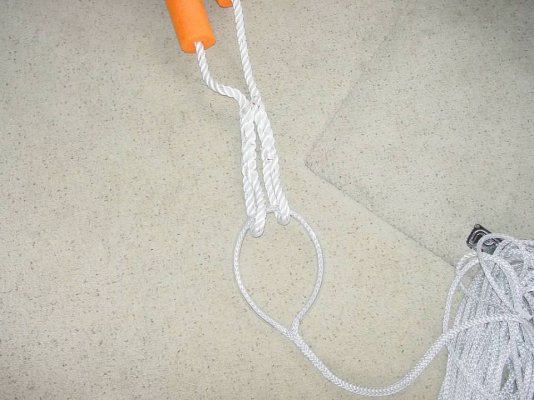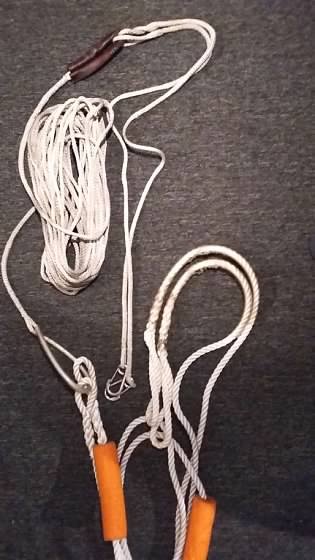Valhellian
Member
- Joined
- Jun 4, 2012
- Messages
- 13
- Location
- Canada
- Vessel Name
- VALHALLA
- Vessel Make
- Sunnfjord raised pilot house
Towing tender
I tow an 18 foot fibreglass tender with a 125 Merc on it. Have had no trouble with this. If the weather gets heavy, we just stay at anchor. Just don’t forget it’s there if you need to back down suddenly. Getting your tow line off of your drive shaft can be tricky, and there is the possibility of bending your shaft!! Getting in and out of your slip will be a challenge also. Good luck.
I tow an 18 foot fibreglass tender with a 125 Merc on it. Have had no trouble with this. If the weather gets heavy, we just stay at anchor. Just don’t forget it’s there if you need to back down suddenly. Getting your tow line off of your drive shaft can be tricky, and there is the possibility of bending your shaft!! Getting in and out of your slip will be a challenge also. Good luck.

